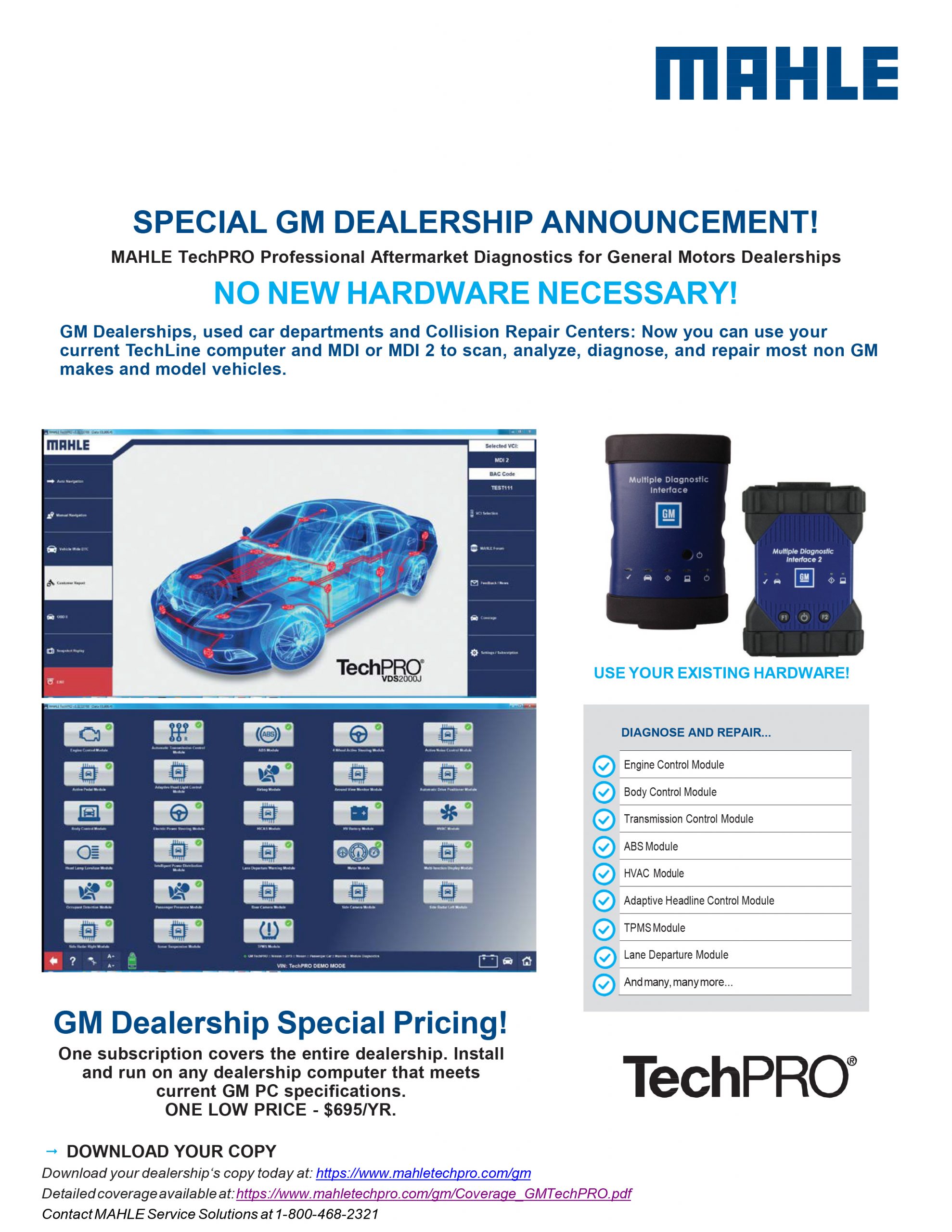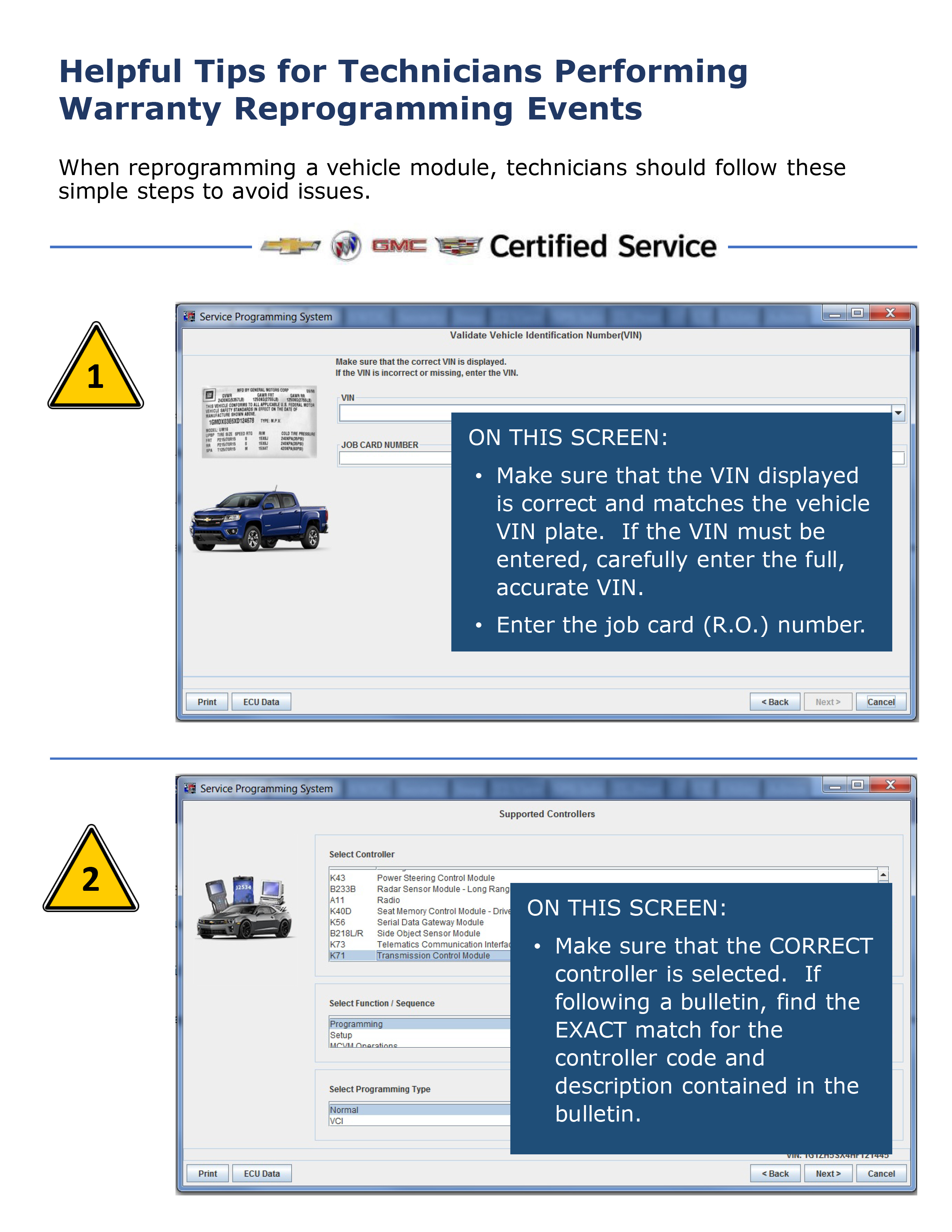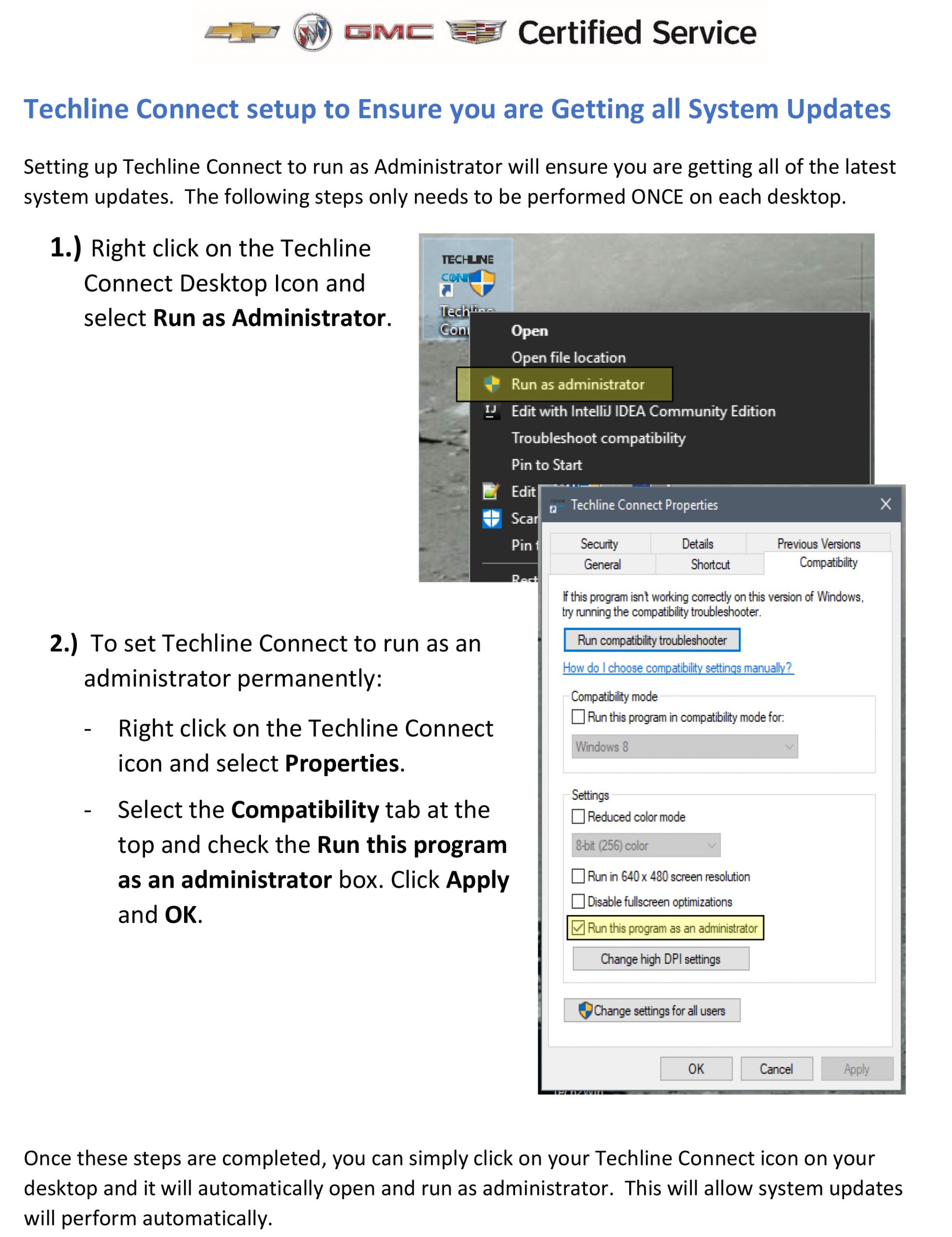The GM Warranty Parts Center (WPC) requests the return of parts replaced at dealerships in order to better understand and help resolve product concerns. Returned parts are analyzed by Brand Quality, Engineering, Suppliers, Production Plant, Assembly Plant and Quality Management personnel to help quickly identify the issue, determine the root cause, and implement a correction.
Before returning parts to GM, dealerships should keep several preparation and shipping considerations in mind regarding the type of part being shipped (hazmat/dangerous goods), proper packaging, and required documentation. (Fig. 15)
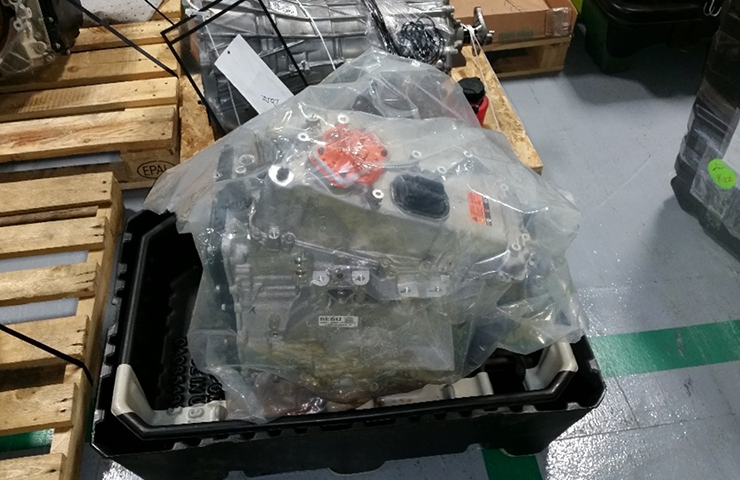 图15.
图15.
Some common automotive hazardous material examples include items such as air bags, seat belt pretensioners, brake boosters, compressed gas shocks and lifts, batteries (including lithium ion and lithium metal batteries), paint, adhesives, solvents, hazardous waste, and any part that comes in contact with flammable liquid (i.e. fuel).
For example, if a fuel line received from the parts warehouse is considered new and unused, it is not considered a hazmat material. However, if the same part has been installed in a vehicle and has been in contact with fuel, it is now considered a hazardous material and should be shipped under the 49 CFR Hazardous Material Regulations and shipped accordingly.
TIP:不要将高压锂离子电池运送到WPC。GM电池服务中心提供返回指令,每个锂离子电池段发货。有关返回说明,请参阅Bulletin#18-Na-236。如果特殊部件返回请求来自WPC,请按照说明返回在请求时提供的电池。
打印出WPC运输标签时,标签可能表明它不是危险的,这是基于新的或未使用的部分。(图16)与易燃液体(即燃料)接触的任何部分被认为是有害物质。
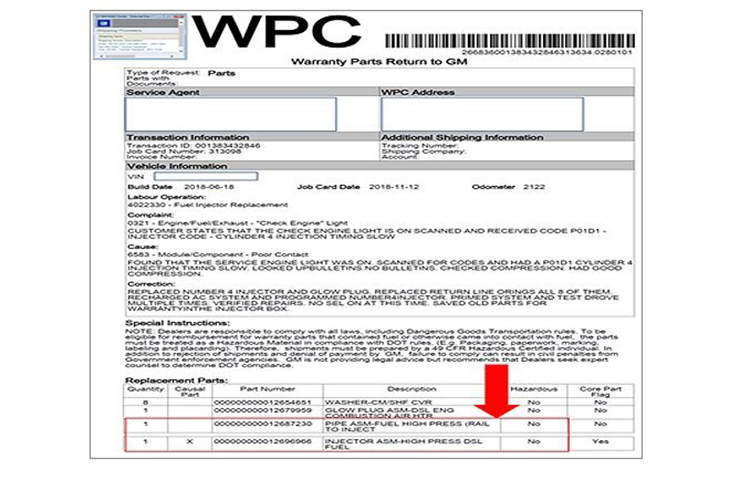 图16
图16
运输非危险/非危险品
当运输非危险/非危险货物到WPC时:
- When it is feasible, it is highly recommended the parts be returned in their original packaging.
- Properly protect and package all returned parts in original Customer Care and Aftersales (CCA) packaging so they are not damaged when received at the WPC. All parts should be returned to the WPC in original packaging. For example, with an engine assembly, the pallet and cardboard box are both necessary. Dealerships will be debited for failure to return in a crate/box/container.
- Only use boxes without hazardous material marking and labeling to return Non-hazardous material parts. Incorrect usage of these boxes can cause delay in receiving at the WPC, and may result in the transaction being debited.
- Parts containing or soaked by fluids, such as oil, must be thoroughly drained, wiped clean and placed in an appropriate packing container and securely packaged to prevent leakage or contamination. Transfer all caps and plugs from the new part to the replaced part before shipping. If parts are received at the WPC with fluids such as oil or fuel, the part will not be accepted as Received and the transaction will be debited.
- 每次违反危险物质/危险货物运输立法时,经销商将全部保修申请全部保证。
- Transactions will be debited if the requested core parts are not returned to the WPC.
返回部件的指南
Follow these guidelines when packaging and returning parts:
- Clearly mark or circle with a paint pen the area of concern on the part, such as a leak, crack, premature wear or defect. The area of defect should be clearly marked and not defaced so it is easily identified.
- 实际的请求被失败的爸爸rt; do not send a similar or new part.
- Do not remove any pieces from the part being sent back.
- Tag parts in an area that will not damage the part being sent back. For example, do not wrap a metal tag wire around wiper blade inserts, apply tape around door seals, or stick moldings together.
- 应返回与劳动力运行所涵盖的修复程序相关的所有部件应一起返回。例如,用于劳动操作T5603的事务,替换8个注射器,将导致在一个零件返回请求下返回的8个注射器。
- 与所要求的特定劳动操作相关的所有部分都应捆绑在一起并在一个盒子中发货。
- 请勿在同一框中发送多个请求。
- Ship each individual request in a separate box with its unique Global Warranty Management (GWM) shipping label affixed on the top of the box and on one outward facing side.
- Include inside the package the GWM parts return shipping label, job card with technician comments, and other related documentation to allow parts to be successfully routed and analyzed.
- 经销商应突出显示交易编号,并将折叠的文档放在塑料包装袋中,并将突出显示的交易编号面向向外。该过程将协助WPC处理并记住及时返回该部门的经销商。包含所有文档的袋子必须安全地连接到适当的部分。
- Whenever possible, the container from the new/replacement part should be used for the return of the failed part. All previous labeling on the box should be removed or covered prior to re-use.
- 仅使用干净,干燥的盒子返回零件。请务必包装零件以避免运输过程中的损坏。零件不得松散。重要的是,在从车辆中取出时,部件以与其相同的条件到达WPC。
Analyzing Product Issues
Brand Quality Managers and engineers inspect the returned components for quality issues. A dealership feedback and debit will be issued if, during their inspections: they find:
- The part/component was not defective:
- Not all parts or documents (Cost Comparison for any assembly replacement from dealers required to contact the PQC, completed shop copy of job cards, diagnostic information, etc.) were returned.
- 根据需要,工作卡没有包含申诉,原因和更正信息以证实修复。模糊的评论,如“破碎”或“客户满意度”,是不可接受的。
- The shop copy of the job card did not contain all proper documentation.
Job Card, or repair order, information is critical to analyzing product issues. The more detail that is included, the better the results. Where applicable, the job card should include:
- 关于客户投诉的准确和详细信息。
- 所有经销商技术人员都对文件ID号,测试结果,诊断故障代码,TAC盒号,装配序列号,测量等的故障根本原因的评论。
- 观察到的故障的任何特征或症状。
- Operating conditions that were observed when the fault occurred such as: Scan Tool Data Snapshot information, weather, temperature and altitude.
- 将扫描工具数据打印输出/快照,诊断工作表以及所有与该零件返回的作业卡的所有实证服务文档。还包括TAC和/或PQC案例编号。
- Any required documents, such as diagnostic worksheets, etc.).
有关其他信息,请参阅最新版本的公告#99-00-89-019。
- 感谢Mark Gordon和Mark Kevnick


















